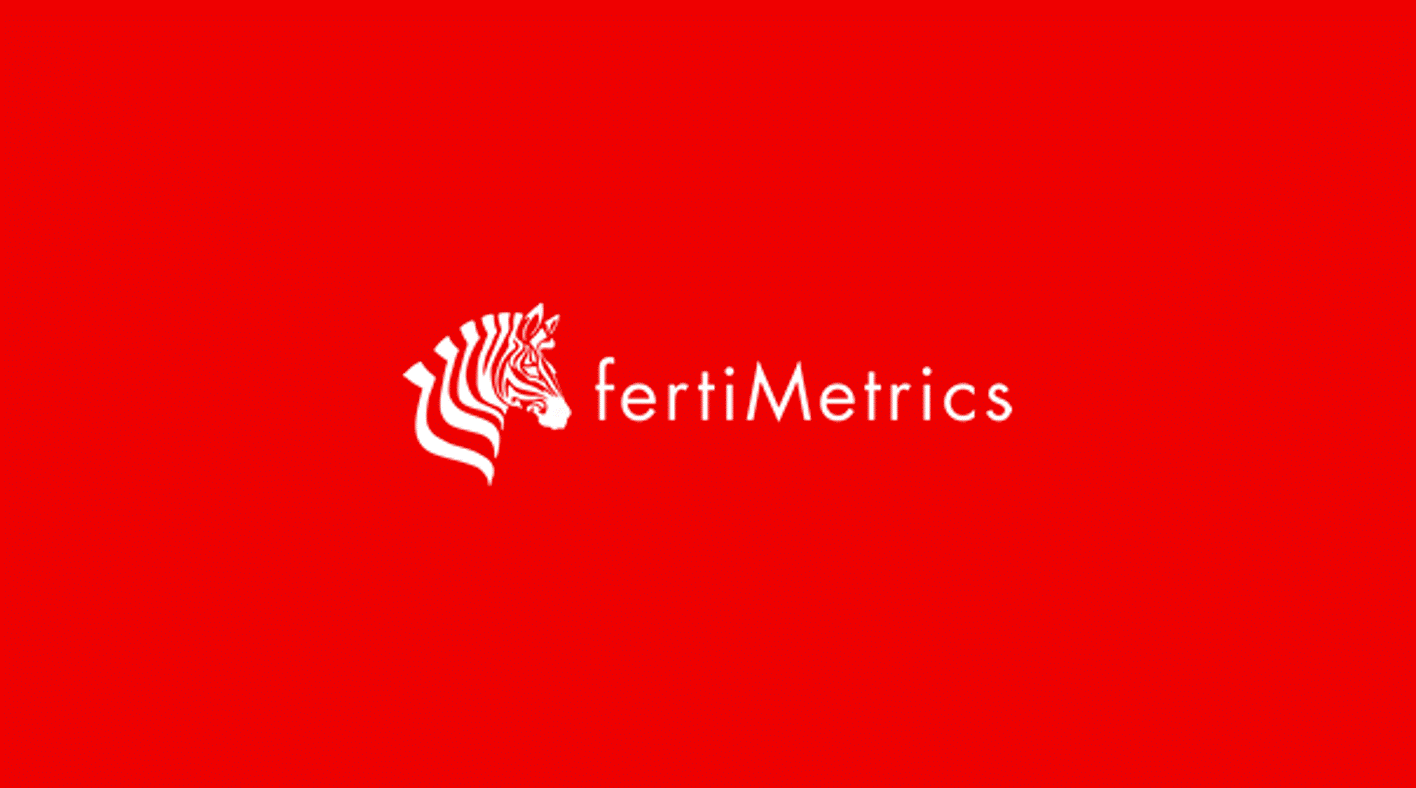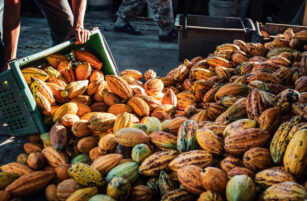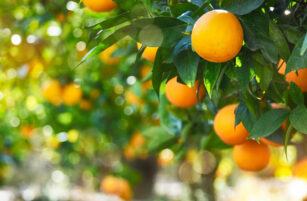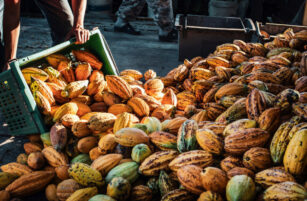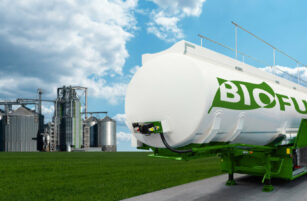Insight Focus
- The global urea market is at a crossroads: India’s RCF received 3.6 million MT.
- International potash market remains much unchanged from last week.
- Spot ammonia is difficult to source, producers are supplying at increased prices.
The international urea market is at a crossroads with India’s RCF holding an import tender on September 15th with shipment latest November 14th concurrently with a highly uncertain supply situation from China. RCF received offers for a total of 3.6 million MT with prices to be made official at a later stage.
In the event China will not supply or supply will be limited due export inspection issues (CIQ), main suppliers to India will be the Middle East and Russia. The Middle East producers are expected to have as much as 600,000 MT available for this tender and prices will certainly be a lot higher than at the previous tender.
Currently Middle East suppliers are quoting as high as USD 440-450 PMT FOB but the trade is not biting with Brazilian netbacks to the Middle East now sub USD 400 PMT FOB.
The India tender price discovery will give guidance as to where the market will head next and with the expected absence from Chinese exports, prices of urea are expected to increase in the near to medium term.
Urea imports to Brazil in the January to August window resulted in close to 4 million MT, down close to 500,000 MT y/y or 11%. Qatar was the major supplier with close to 750,000 MT with Russian supplies down 20% to close to 580,000 MT. Australian urea imports in the period January to July was up 16% to 2.21 million MT with the largest supplier being SABIC of Saudi Arabia at 526,000 MT followed by Qatar at 494,000 MT and the UAE at 485,000 MT.
The outlook for the urea price is robust with the expected absence of exports from China.
The processed phosphate industry was rocked by the most tragic earthquake in Morocco but fears for any disruption to the OCP manufacturing sites or phosphate mines were quickly dispelled. However, with the most recent increase in phosphoric acid prices to India which saw prices for 100% P2O5 jump USD 135 PMT to USD 985 PMT CFR plus expected limited supplies from China, India again paid up for DAP with an average increase of USD 31 PMT to a range between USD 585-595 PMT CFR. Except for new sales to Pakistan at higher prices the rest of the world remained much unchanged.
MAP in Brazil remained flat at USD 530-535 PMT CFR. In addition, although the autumn application season in China has come to an end, there was very little activity on the export side from Chinese producers. Most producers have run out of export license for the 3rd quarter and the trade is awaiting for what will happen in the 4th quarter with the expectation of 1 million MT of DAP and MAP being made available.
The potash market was mostly inactive this week with producers looking to get higher prices in Brazil for granular MOP but the price has appeared to have peaked at USD 350-360 PMT CFR. Similarly, standard grade MOP in SE Asia remains unchanged between USD 300-320 PMT CFR with the most recent Pupuk Indonesia tender result of USD 306 PMT CFR creating the floor. Granular MOP price in SE Asia gained an average of USD 10 PMT this week with a range between USD 360-390 PMT CFR with a rumoured sale to Thailand at USD 390 PMT CFR.
Freight rates this week increased substantially from Russian Baltic ports to SE Asia from USD mid 50s PMT to as high as USD 90 PMT. Similarly, freights from the Baltics to China increased from low/mid 40s PMT to USD 55 PMT – all having an impact on the netback to Russian producer Uralkali.
MOP exports from Canada for the January to July period was down 7.3% to 12.12 million MT y/y. Exports to Brazil was up 17% to 2.71 million MT although total imports to Brazil for the January to August period was down 7% to 8.75 million MT. The outlook for the potash market is subdued.
The global ammonia market is puzzled by the continued production problems at the Ma’aden ammonia site at RAK in Saudi Arabia and with no indications on when the plant will be up and running. As a result of this, spot ammonia is in short supply and prices in the Middle East are up an average of USD 50 PMT with a range of USD 420-480 PMT FOB. India most recently imported a small cargo of ammonia from the Middle East at a reported USD 510 PMT CFR. NW Europe ammonia is now pegged at around the USD 505-515 PMT CFR. Similarly spot ammonia is not available in Indonesia with producers supplying contract volumes.
Imports of ammonia to the US for the first 8 months of this year totalled 1.342 million MT, down 10.5% from 1.5 million MT. US exports on the other hand were up 62.5% to 659.3 KT from 405.7 y/y.
The outlook for the ammonia market is robust.
